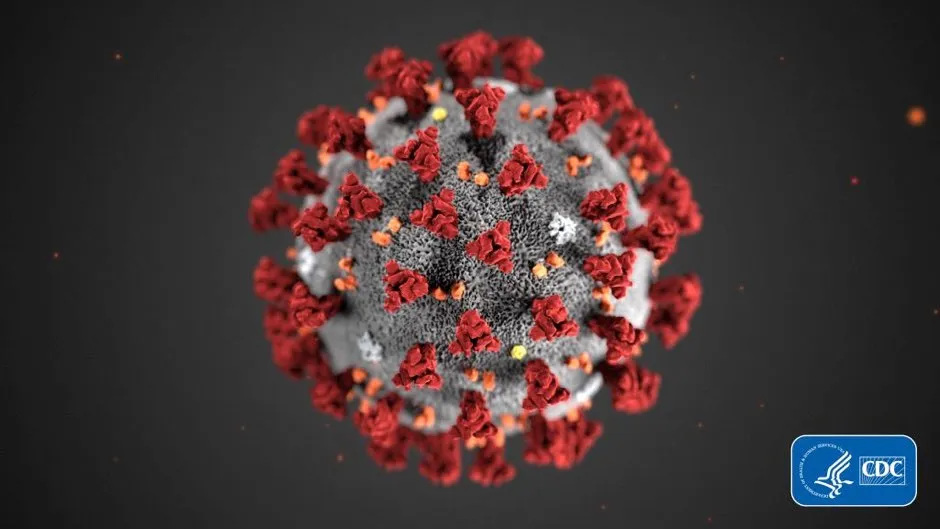Like many others, I am convinced our best hope of defeating this novel coronavirus is by developing a vaccine. So I was delighted, a few months ago, when the BBC series, Horizon, asked me to make a film about the vaccine work being carried out by a team from Imperial College, led by Prof Robin Shattock.
Robin told me that when he first heard about a novel virus causing pneumonia, he assumed that it would be contained. But it soon became clear that this outbreak was not going to be stopped.
A critical turning point was the publication by Chinese scientists on 10 January of the virus’s genome – its genetic blueprint. With that information Robin and his team were able, in just a few weeks, to create a prototype RNA vaccine against it.
Read more about a coronavirus vaccine:
- All vaccines are ‘long shots’ and search for coronavirus jab will be no different, government science advisor warns
- Fingertip-sized coronavirus vaccine 'ready in months'
The traditional way of creating a vaccine is to use a killed or weakened strain of the virus, or even part of the virus, and use that to provoke the immune system into responding. Once the immune system has mounted an initial response it ‘remembers’ what the virus looks like and will respond faster the next time it encounters that virus.
It’s a simple premise, but most vaccines take years to develop and test. The ambition of the Imperial team, and others, is to have a vaccine available by the end of this year.
The Imperial scientists think they can do this because their approach is different. Instead of using bits of the virus for their vaccine, they use lab-grown stretches of genetic material, called RNA, that are identical to the ones the SARS-CoV-2 coronavirus uses to create the club-shaped spikes on its surface.

The idea is that once these stretches of genetic material are injected into muscle cells, they will act just like a virus would. They’ll hijack the mechanism of the cells and make them churn out viral protein.
But instead of producing whole viruses, the cells will only be churning out these club-shaped spikes, which by themselves are not infectious but will hopefully provoke a powerful immune reaction. These so-called ‘RNA vaccines’ are so new that none has yet been approved for medical use.
Read more from Michael Mosley:
They started by testing it on mice, which had a strong antibody response, then moved onto macaques, which unlike mice do get COVID-19. A group of macaques were injected with the vaccine and the plan was to let them develop an antibody response before challenging them with live virus.
At the time of writing, we don’t know the results, but the plan was, assuming all went well, to start human trials in late June.
What’s exciting about the Imperial approach is that if everything goes well – and that is a big if – Robin says they could be able to produce up to five million doses of the vaccine by the end of this year. Enough to protect the more vulnerable against that much-talked-about – and feared – potential second wave of infections.